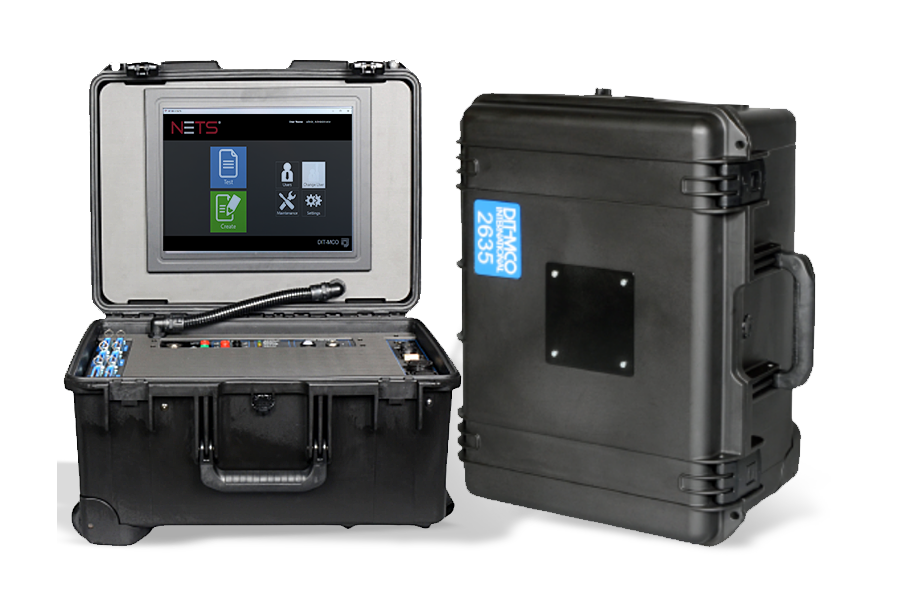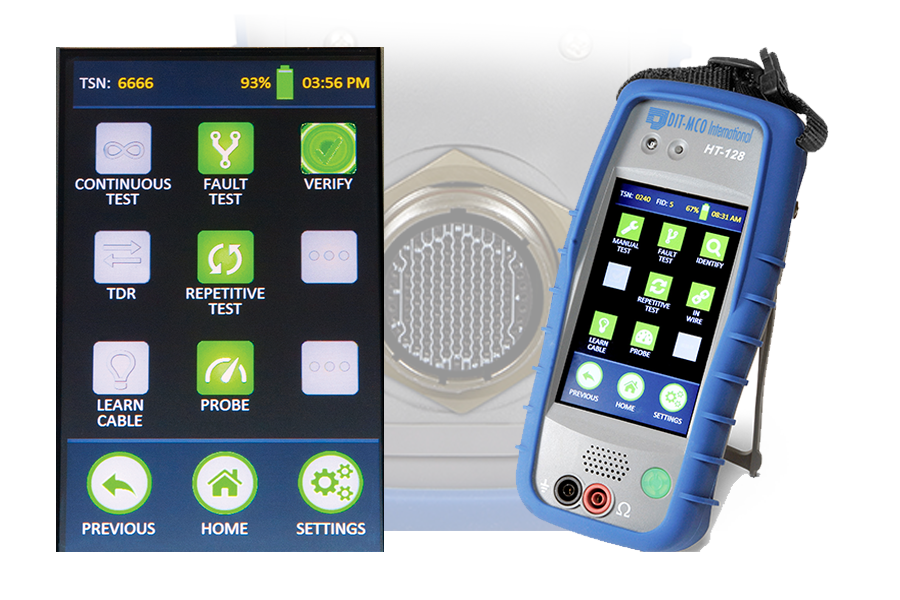Discover The Experience of Wire Harness Testing
Automation, innovation & support makes DIT-MCO the Gold Standard.
Aerospace Applications
From the Apollo program to the Artemis III project, DIT-MCO supports the latest testing procedures.
DOD Navy Applications
Solutions for difficult to access wire harness testing to manufacturing testing requirement capabilities.
EVTOL
The future of aviation is here and DIT-MCO is quickly establishing ourselves as the leader in testing complicated EVTOL wiring systems.
Rail Applications
We support high-voltage testing to meet railcar requirements while ensuring safety and accuracy. Designed for durability, the equipment operates reliably in harsh environmental conditions, resisting moisture, temperature extremes, and chemicals.
75 Years and Counting - The Gold Standard in Wire Harness Testing
For over 75 years, DIT-MCO has been the leader in wiring and cable testing, pioneering the first automated wiring analyzer and setting industry standards that remain in use today. From early breakthroughs in military and aerospace applications—including the Apollo Program—to today’s advanced solutions for commercial aviation, defense, and beyond, our technology continues to drive efficiency, accuracy, and reliability. With ongoing innovations in test portability, software integration, and high-performance analysis, DIT-MCO remains committed to shaping the future of wiring harness testing.

Model 2115
Benchtop Model
The Model 2115’s compact design is perfect for a wide range of benchtop or portable testing applications. The 2115 provides a powerful 1500-volt isolation and a 2-amp continuity test stimulus. Additionally, the optional AC breakdown test delivers a 1000 VAC test stimulus, ensuring all testing requirements are met with precision and reliability.

Model 2650
Modular Test Analyzer
DIT-MCO’s Model 2650.MTA stands as our most adaptable test system, designed to empower you with the capability to operate multiple test stations from a single controller, significantly lowering testing costs. The innovative interlocking switching modules allow for seamless stacking, ensuring both mobility and swift setup, all while maintaining secure unit integrity.

Model 2635
Field Portable Unit
The Model 2635 redefines test portability, making it an exceptional choice for a wide range of maintenance applications. This innovative wiring analyzer delivers robust performance for high-voltage cable and harness testing. Equipped with up to 400 test points, the Model 2635 efficiently evaluates wiring and components for leakage, resistance, voltage, and capacitance.

Model HT-128
Wire Harness Testing Simplified
Streamline your wire harness testing with confidence. The DIT-MCO HT-128 offers an innovative solution for precise point-to-point continuity analysis. These lightweight, handheld units are designed to meet your diagnostic needs, from product development and benchtop testing to field support and maintenance.




